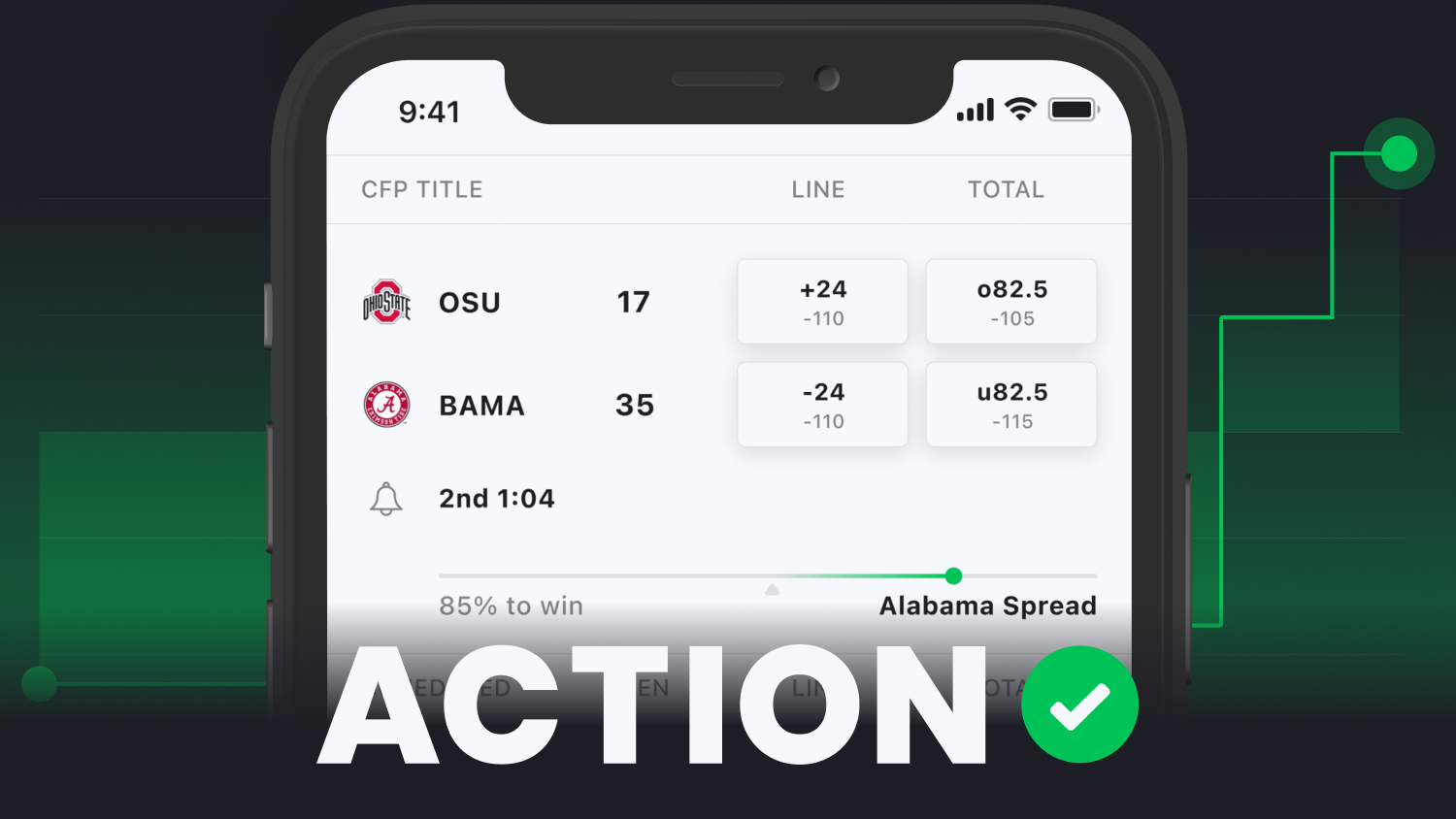In a little over a month, the college football community will have a video game to call its own once again. Many of us thought this day would never come, but the dormant NCAA Football series is returning from the dead, and we here at Action Network couldn’t be more excited.
As a tribute, we thought it would be fun to revisit the beloved series with a college football content collection. Over the next two weeks, we’ll be detailing how much has changed in the sport since the last game dropped in the summer of 2013.
And in case you missed it, we’ve already covered the classic games, bad beats, and legendary stars that gamers missed out on playing with.
- Pontiac College Classics 2.0
- Top Moments in Gambling History
- Top 5 Players We Would Have Loved Playing With
- Offensive Innovations (Today)
- How the College Football Landscape Has Changed (June 19)
This week, it’s time to reflect on how much has changed between the lines in college football this past decade.
Coaches have seemingly thrown caution to the wind from a play-calling perspective, and entire offensive identities are now centered around the run-pass option.
Time for a quick history lesson on how we got here.

How RPOs Have Changed in College Football
Tags, or run-pass options, have been around for nearly 30 years.
Hal Mumme’s Air Raid at Kentucky featured a small sampling of RPOs for quarterback Tim Couch. At that time, they limited his options to bubble screens or handoffs to the running back.
Rich Rodriguez took things to the next level while at Tulane and Clemson. Slants, bubble screens and short hitches were balanced out with read options and quarterback draws.
From there, the copycat game broke out, and coaches like Gus Malzahn, Art Briles, Hugh Freeze, Sonny Dykes and Joe Moorhead built on the RPO concept with the fervor of a mad scientist in his laboratory.
Briles’ famed “Veer and Shoot” spread his receivers out as far as they could go, just a few steps from the sideline. That forced defenses to spread out as well.
From there, he utilized tempo and an RPO-heavy diet. But instead of quick dink-and-dunk routes, he dialed up deep balls. Go routes and posts were tagged onto his read option game as he embraced a “haymakers until the final bell” mentality.
This helped Robert Griffin III win a Heisman and kick-started a five-year run (2011-15) in which his offenses finished each season in the top four of SP+.
The “Veer and Shoot” continues to succeed today, notably with Jeff Lebby and Josh Heupel.
Variations of the RPO are both ubiquitous and virtually limitless. Their impact on the game has made it easier for smaller teams to run the football by spreading out defenses.
Penn State’s Andy Kotelnicki uses a Hoberman sphere to explain how pre-snap motion and RPOs have allowed smaller teams, like the ones he coached at Kansas, to pile up yardage.
You may have seen one of these spheres in your high school or college days. They essentially are interlocking pieces that allow a sphere to shrink or expand. His point with the sphere is that if you were outgunned on the offensive line back in the day, you had to go around to the perimeter of the line of scrimmage — or the left or right flank of the sphere — to access open space for your skill position players to operate.
But by spreading out the formation, using lots of pre-snap motion and tagging on RPOs to virtually everything you do, the defense needs to react in kind by defending the 53 yards across the field.
Visualize that once dense, compact sphere now very large and spread out. You can now run through these gaping holes in the defense without having to open them up with elite offensive line play.
When NCAA 14 hit shelves, Kotelnicki was an offensive coordinator for D-III Wisconsin-Whitewater. Today, he’s at a power program like Penn State making $1.6 million this season on the heels of a 2023 campaign that got him nominated for the Broyles Award.
The RPO is changing which players, coaches and programs can succeed at the highest level.
Speaking of the highest level, while RPOs have taken the college game by storm, the NFL has even started to adopt it in earnest. Nine of the league’s 32 teams ran RPOs on more than 10% of their plays last season, according to the Stathead Database.
And finally, to illustrate my point about the RPO's ascension to the top of the sport, let’s look at the best offenses from 2023.
The top four scoring offenses in college football last fall — LSU, Oregon, USC and Oklahoma — all utilized RPOs heavily.
From Oregon’s Y-Pop RPO that gave Bo Nix "gimme" touchdown passes to tight ends in the red zone to USC’s slide RPO that blended a high-percentage throw in the flat with the potential for explosive quarterback runs up the seam, these schemes made defenses consistently look out of position.
In 2013, only three starters completed more than 69% of their passes, and that included the reigning Heisman winner Johnny Manziel. By 2023, that number tripled to nine passers.
Run-pass options being baked into offensive philosophies coast-to-coast has made it considerably easier to play quarterback at an elite level.
If EA Sports finds a way to integrate RPOs accurately into College Football 25, it should be firework city for gamers.

Aggressively Going For It
An epic battle was waged over the past decade between the stat nerds and the stereotypical “football” guys. The pencil pushers vs. the meatheads, so to speak.
Woody Hayes, the legendary Ohio State football coach, was never a fan of analytics and summed up his thoughts in this way:
“Statistics always remind me of fellow who drowned in a river where the average depth was only three feet.”
Hayes’ disregard for statistical analysis was fine in the 50s, 60s and 70s. But by the mid-2010s, everyone was utilizing analytics to enhance their chances of winning.
This was particularly true when it came to fourth-down situations.
In 2013, only nine FBS schools left their offense on the field 30 or more times on fourth down. That number tripled by 2023, with 27 teams attempting to secure a first down on fourth down 30-plus times last fall.
And these aren’t just ideal fourth-down situations. Consider this chart from the New York Times, which calculated the fourth-down go-for-it rate when the offense was outside its opponent’s 45 with two-plus yards to gain.
| Season | Go-For-It Percentage |
|---|---|
| 2023 | 9.4% |
| 2022 | 8.6% |
| 2021 | 7.6% |
| 2020 | 7.5% |
| 2019 | 6.5% |
Teams are getting more aggressive every single year.
Another major change? Teams were willing to sacrifice the efficient 10-play, 75-yard touchdown drive in favor of explosive game-changing plays.
In 2012, only 22 teams averaged more than eight yards per pass attempt. That figure nearly doubled over the next 11 seasons, topping out with 40 teams pushing the ball downfield at an 8.1 or higher YPA rate in 2023.
So, when you fire up the game next month and throw caution to the wind with a no-punt strategy, don’t feel guilty.
That aggressive, foot-on-the-accelerator mentality has crept onto the field in the past decade so much so that games on Saturday are beginning to mirror online games in more ways than one.



















































